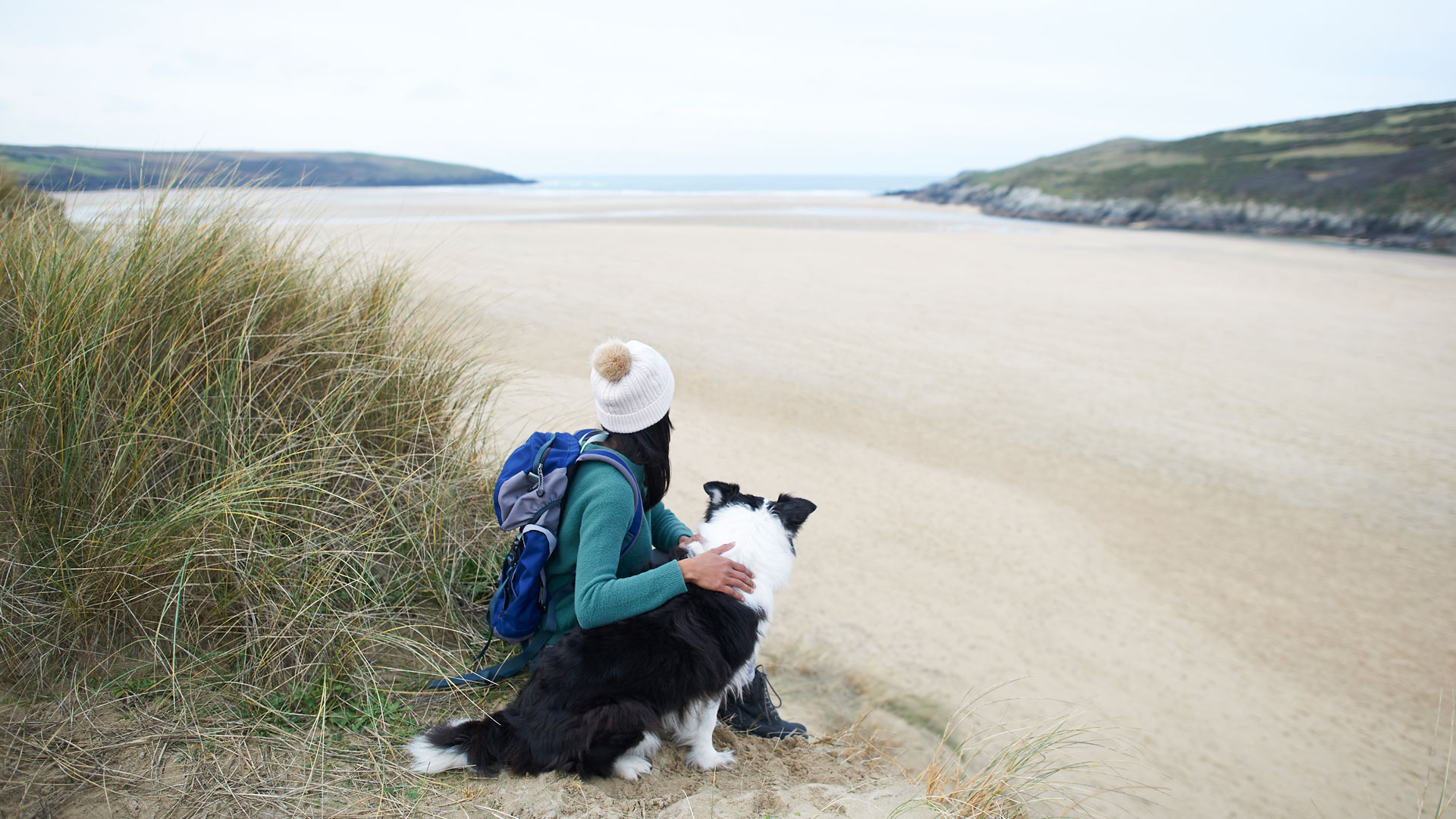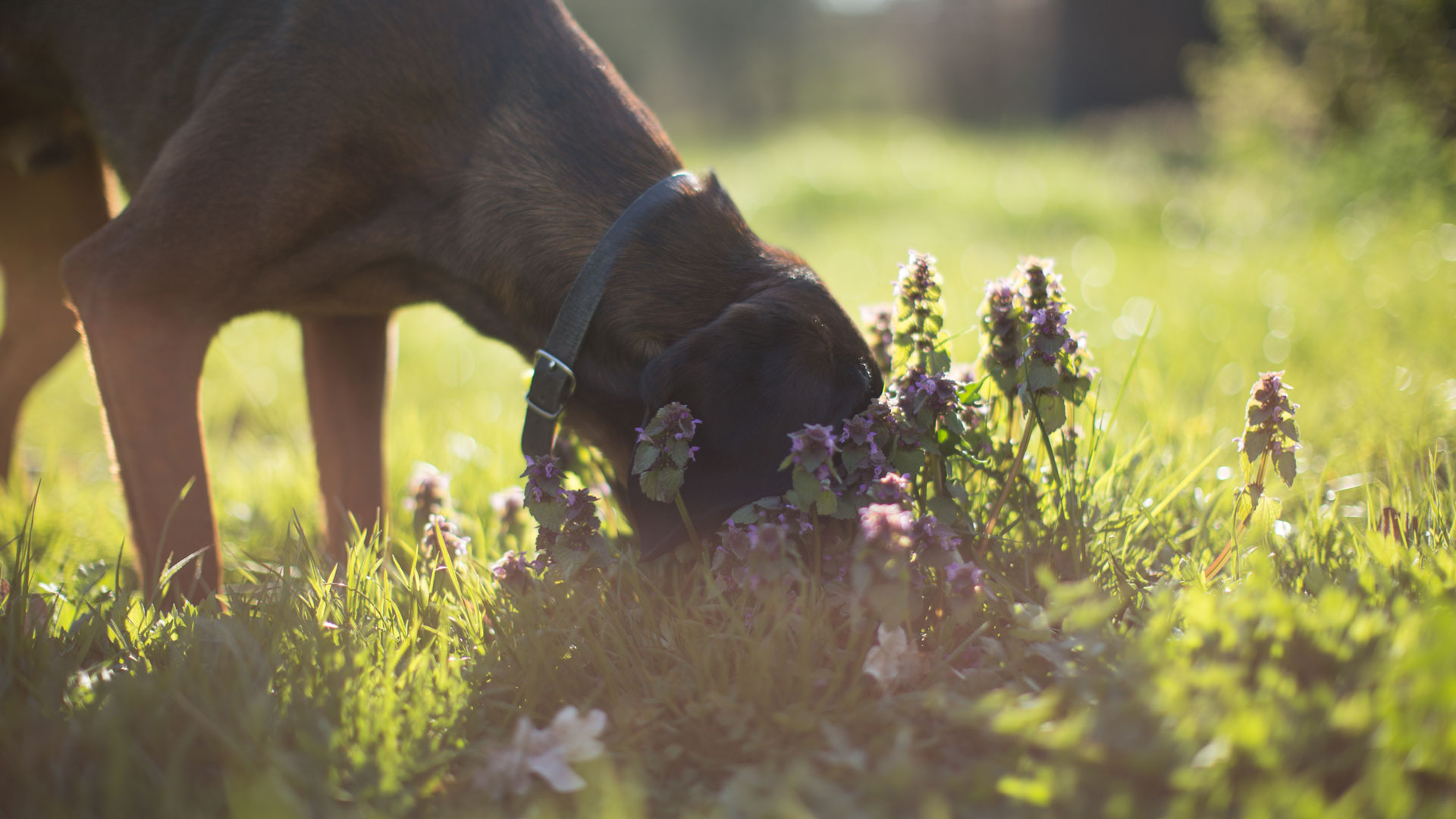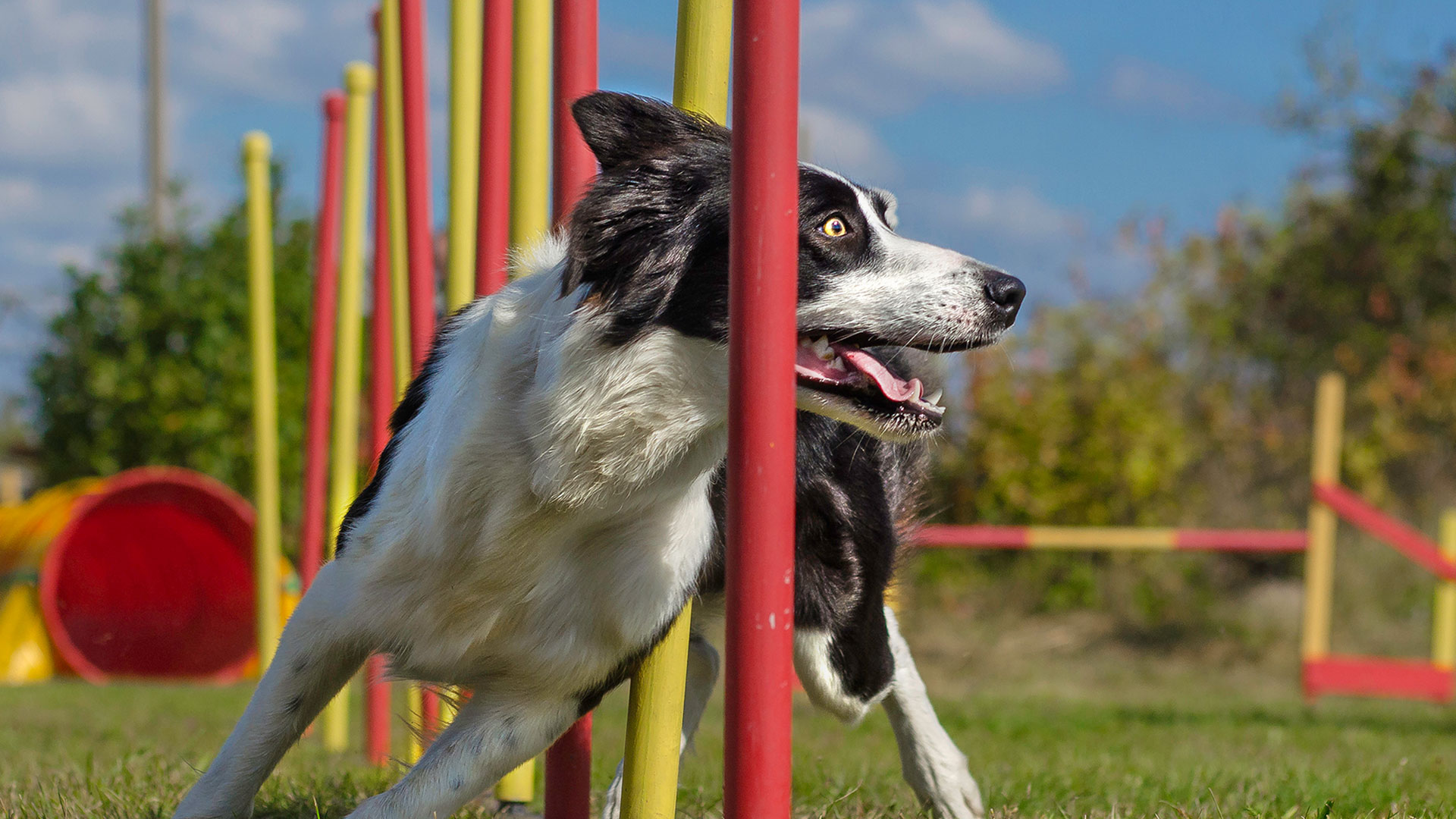These are the five most useful things I’ve learned as the owner of a reactive dog
I used to dread taking my reactive dog for a walk, but these five tips have helped me be a better dog owner

When I first brought my border collie puppy Fenwick home, I was filled with grand aspirations of making her the best-socialized, most well-rounded dog that my town had ever seen. Armed with hours of research, I was excited to take her to as many cafes, pubs, and generally dog-friendly places as possible so that she would slot into my life seamlessly as an adult dog.
However, just a few days into bringing Fenwick home, I soon realized that something wasn’t quite right. She was plagued with intermittent stomach issues that vets were never able to diagnose and, crucially, she was incredibly unbothered about food. In fact, it took me a matter of months just to find a treat that she would actually eat rather than just immediately spit back out again. At eight months old, she fell terribly ill and we feared the worst – however, after working with our vets she finally received a diagnosis of a severe chicken allergy. Once we switched over to one of the best dog foods for allergies, it was like we had a whole new dog – one that was eager to be trained and loved to work.
However, the ‘damage’ had been done. Fenwick’s intermittent bouts of illness throughout her puppyhood (allergies can often take a while to properly present themselves, which is why the diagnosis took so long) had severely limited our socialization opportunities and she subsequently found it incredibly difficult to exist around other dogs.
Through working with a behaviorist and our fantastic APDT-accredited trainer Lara Sorisi, I’ve seen Fenwick’s reactivity get miles better over the past year. However, we still have a long way to go until she’s the reliable cafe-friendly dog that I always dreamed of. Luckily, I’ve learned plenty of tips over the past year that have helped me help Fenwick along her journey.

Lara Sorisi is a science-based and force-free dog trainer that has been training dogs for six years. She is accredited by the APDT (Association of Pet Dog Trainers), which is one of the most rigorous dog training qualifications available. Lara holds a bronze-level qualification with UK Sniffer Dogs, which means that she is an accredited UK Sniffer Dogs instructor. She’s also formally competed in gundog trials for three years.
1. Create enough distance
If I took Fenwick into the middle of a busy park with dogs chasing after balls, barking at each other, and running up to say hello to her, she would have an absolute meltdown. However, if I went to that same park and sat with her in the trunk of my car while she watched on, she would be able to handle it. Distance is the key to being able to slowly introduce your reactive dog to the situations that trigger them.
I’ve taught myself to be able to read Fenwick’s body language so that I can tell whether she’s neutrally watching something, or starting to unhealthily fixate on it. If I think she’s not handling something particularly well, then I know that I need to create more distance from the trigger.
2. Sniffing and licking are calming activities
One of the most useful things I learned early-on in Fenwick’s journey was that sniffing is a calming thing for dogs to do – and that if I could redirect Fenwick into snuffling in a patch of grass for treats, she would be able to disengage from the dog she was fixating on. Fenwick is starting to get to the stage where she can usually disengage herself without my intervention, but if a dog suddenly appears (or she’s simply having a more reactive day) and none of my redirecting training is working, I will still scatter treats onto the ground for her to search for with her nose.
Get the best advice, tips and top tech for your beloved Pets
Licking is another calming activity, which I incorporate into my training routine by using a lick mat with frozen plain natural yogurt. This is perfect for taking Fenwick to new places, as she can exist in the environment around her while focusing on something yummy instead.

3. Desensitization is best done slowly
I’ll be the first to say that it’s incredibly difficult to balance keeping your dog away from their triggers so they don’t have a reaction, but also not hiding them away so that they never see their triggers at all. Lara says, “When you’re training a reactive dog, it’s important to be mindful of the stimulus that triggers them, whether it’s traffic, other dogs, or humans. The desensitization process is all about exposing the dog to the stimulus in incremental stages.
“You start off with the smallest amount of exposure that you possibly can, putting the dog at enough of a distance that it can cope. The key thing you need to watch for is that your dog is able to eat and interact with you – if they can’t do that, then you’re too close.”
4. Giving my dog a job really does help (but only at the right time)
Even compared to other border collies that I know, Fenwick has a lot of natural drive and energy that needs to be expended. Her father was an agility champion and she’s always shown an affinity for agility-related activities. However, I like to joke that Fenwick is like a high end sports car without a steering wheel – all of that drive is accompanied by a terrible lack of focus. While I’ve always wanted to put her into agility classes, it’s only been within the past couple of months that she’s been capable of doing it.
Lara says, “If you’ve got a dog that’s designed to work, doing what it’s meant to do will give it more stimulation, which could help to decrease the dog’s general anxiety. However, it really depends on the dog’s personality and at what point you’re at with their training. You’ve got to get the timing right if you’re considering adding something like agility or gundog work into the mix, as your dog might struggle if it’s too early on in their journey.”

5. When I’m calm, she’s more likely to be too
I’ve heard many people say that the worst thing you can do when a dog reacts is start to panic, but that’s easier said than done when you have dogs converging from all sides and your collie is in full-on stalk-and-herd mode. However, over the past month or so, I’ve genuinely noticed that if I stand and look bored when Fenwick is starting to stalk another dog in the distance (sometimes I even ham it up with a yawn), she will disengage from the dog herself without any interaction from me. However, when I tense up and sound panicked, it tells Fenwick that there’s something to panic about.
Of course, I’m not suggesting that you necessarily try this with your own reactive dog, as we’ve had months of disengagement training as a foundation and I’m able to read her body language to determine whether she needs immediate management or not. However, it’s a great example to show that dogs do feed off of our energy and we communicate more to them than we think.
When it comes to being as calm as possible with your own reactive dog, Lara has some advice. “Preparation is key. If you went into an exam without having studied, you’d panic. However, if you’ve got all of the tools and preparation that you’ll need, then you’ll be confident and calm. Build on the tools and skillset that you have, and then you’ll feel prepared for whatever situation might be thrown at you.”
For more training tips, head to our article on how to stop a dog from jumping up.
Louise Carey is a freelance writer and the Editor of sister website Top Ten Reviews. She has been working in publishing for seven years, contributing to publications including The Independent, TechRadar, Digital Camera World and more. As the proud pet parent of a reactive border collie with a food allergy, it’s been necessary for Louise to explore a variety of fun and exciting ways to enrich an energetic dog that can’t always go on walks. She’s passionate about sharing the information she’s learned to help other pet owners as well.

